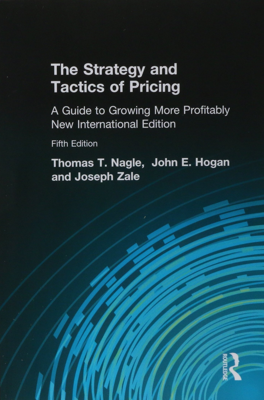Measurement of Price Sensitivity
Research Techniques to Supplement Judgment
Estimating customer price sensitivity and willingness-to-pay is crucial for effective price setting and segmentation. Both quantitative and qualitative estimates are essential, though they vary in their precision and reliability. Precision doesn't necessarily mean accuracy as estimates can be biased or inaccurate despite being precise. It's important to ensure estimates reflect real-world buying decisions, which can be influenced by differences between experimental settings and actual purchase environments.
Types of Measurement Procedures
Different procedures for estimating price sensitivity offer unique benefits concerning accuracy, cost, and applicability. These range from controlled environments where variables can be manipulated for more precise observation to uncontrolled environments that depend on observing actual behavior, which can be costlier and time-consuming. Techniques include analyzing historical sales data, panel data, and store scanner data. Each has its strengths and limitations based on what they measure — actual purchases or buyer intentions.
Uncontrolled and Controlled Studies
Uncontrolled studies, such as analyzing past sales data, rely on existing data without experimental manipulation, potentially leading to biases due to unaccounted external factors. Controlled experiments, like in-store experiments or laboratory simulations, allow for manipulation of prices and other variables to study their direct effects in a controlled setting, enhancing the reliability of the data.
Importance of Methodological Choice
The choice of methodology strongly depends on product particulars and market conditions. It's crucial to match the measurement approach with the market demands and product lifecycle stage. For instance, trade-off analysis and conjoint analysis are useful in product development stages for determining price elasticity and attribute valuation, whereas historical sales data might be better suited for established products.
Integrating Managerial Judgment and Empirical Data
Combining managerial intuition with empirical data from price sensitivity measurements can greatly enhance decision-making. Managers should integrate their understanding of market dynamics and customer behavior to guide the research process and interpret findings effectively. This integration helps refine the accuracy of price sensitivity measures, making them more reflective of actual market conditions.
Summary
Properly measuring price sensitivity requires a strategic approach that considers various research methodologies and integrates empirical data with managerial judgment. Various techniques, ranging from historical data analysis to controlled experiments, offer different insights into how prices influence buyer behavior. The choice of method should consider both the stage of the product lifecycle and the specific market dynamics. By understanding the intricacies of each method and combining empirical findings with a deep understanding of market and buyer dynamics, managers can make more informed pricing decisions tailored to maximize profitability and market success.
